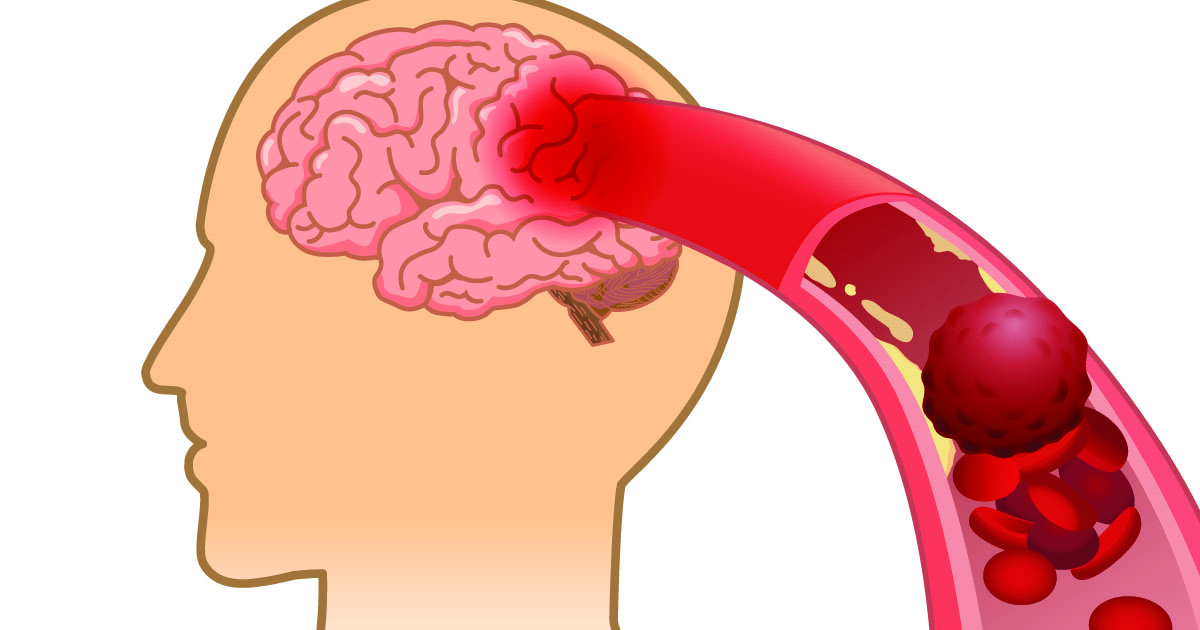The Connection Between Arm Tendon Loss and Human Evolution
Our body is truly an amazing piece of machinery. So amazing in fact, that I believe the vast majority of us never truly appreciate the miracle of natural evolution that we represent.
I mean, let’s take a moment to realize that we’ve evolved from beings not much different than present-day chimpanzees, to walking, talking beings capable of building complex societies and sending things to other planets, all in the blink of an eye (if you consider the age of the universe, that is).
Yet, one of the most interesting concepts regarding our evolution as a species is that we are virtually the same as we were some twenty thousand years ago… even though we now live in a world vastly different from the one our ancestors once inhabited.
Even more intriguing is the fact that we continue to evolve, though the process is so slow, over so many generations, that we rarely see evidence of it.
That’s why we want to draw your attention to the connection between a seemingly innocuous tendon in your wrist and the ongoing journey we humans are on as we carve out the future.
The Role of Tendon in Evolution
The tendon in question is attached to an ancient muscle called the palmaris longus, and nowadays, it has gradually disappeared in 10-15% of the human population.
According to the research we’ve come across, the palmaris longus is vital for animals that use their forearms for movement, such as lemurs and monkeys. The muscle, for instance, helps them swing better from branch to branch and is thus an important part of their anatomy.
And this is where it gets interesting. Ground-dwelling apes like gorillas have gradually lost the function, as they no longer rely on their forearms to move from one place to another as they might have done in the past. Similarly, we humans have started losing the tendon connected to the palmaris longus.
As mentioned, evolution tends to evolve slowly, so almost 90% of people still have the tendon, though evidence suggests it is steadily disappearing.
To check if you still have yours, there is a simple test you can do at home. First, lay your forearm on a flat surface with your palm facing up, then touch your pinky to your thumb and lift your hand slightly off the surface.
Did you do it? Well, if you can see a pronounced band in the middle of your wrist (this is your tendon), then you have it. If not, you likely belong to the small percentage of people who no longer need the tendon at all.
Did you have the tendon? Let us know in the comments and share this article on Facebook so your friends and family can join in too.




